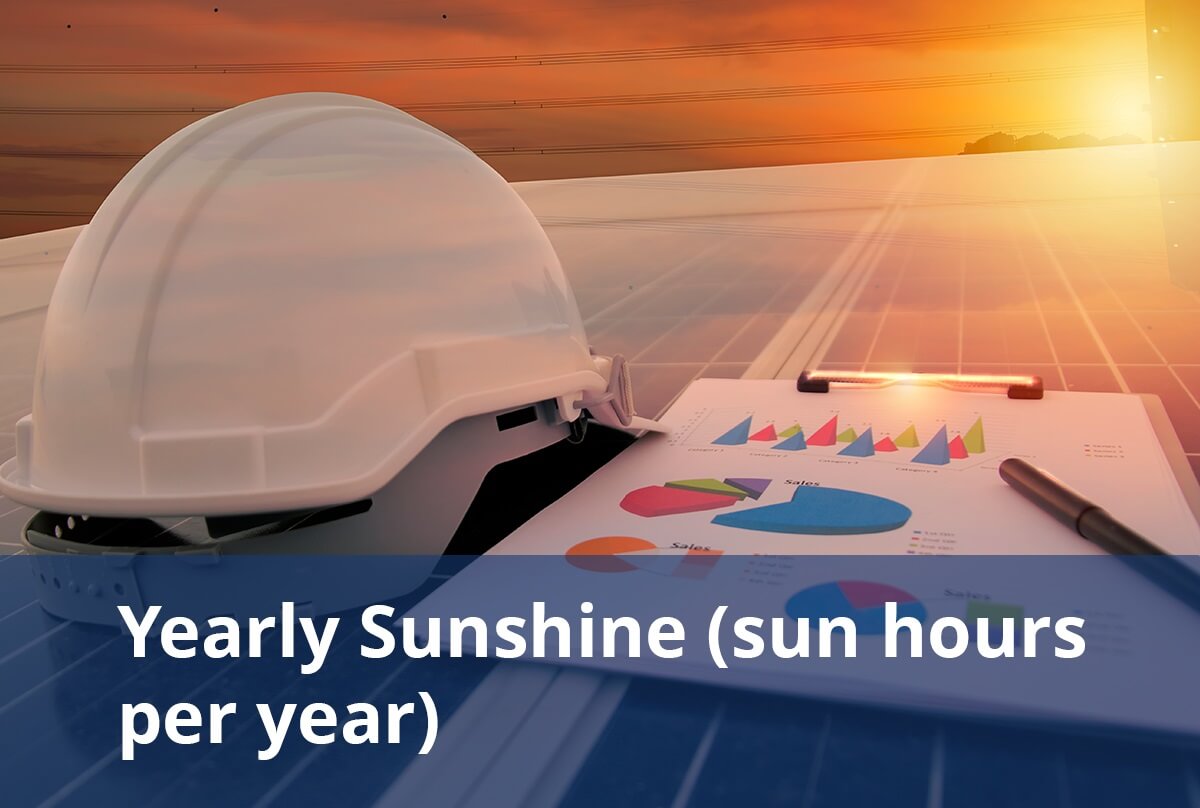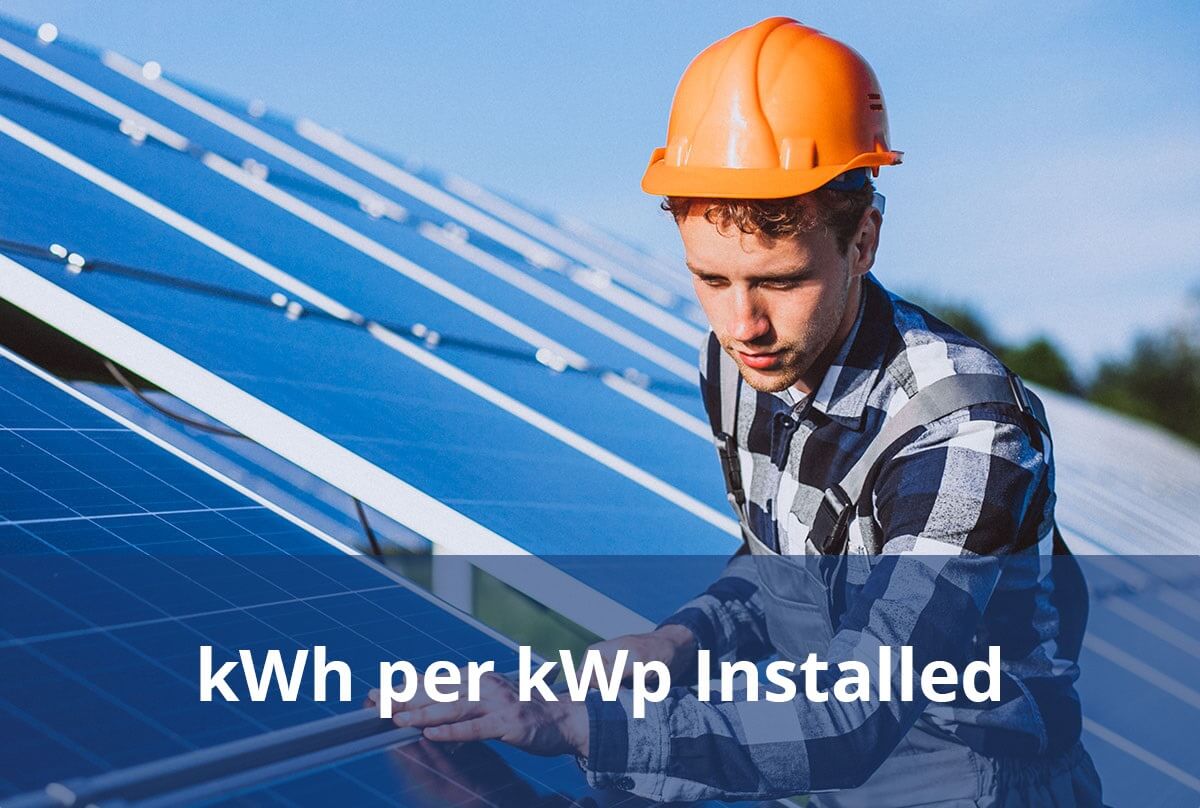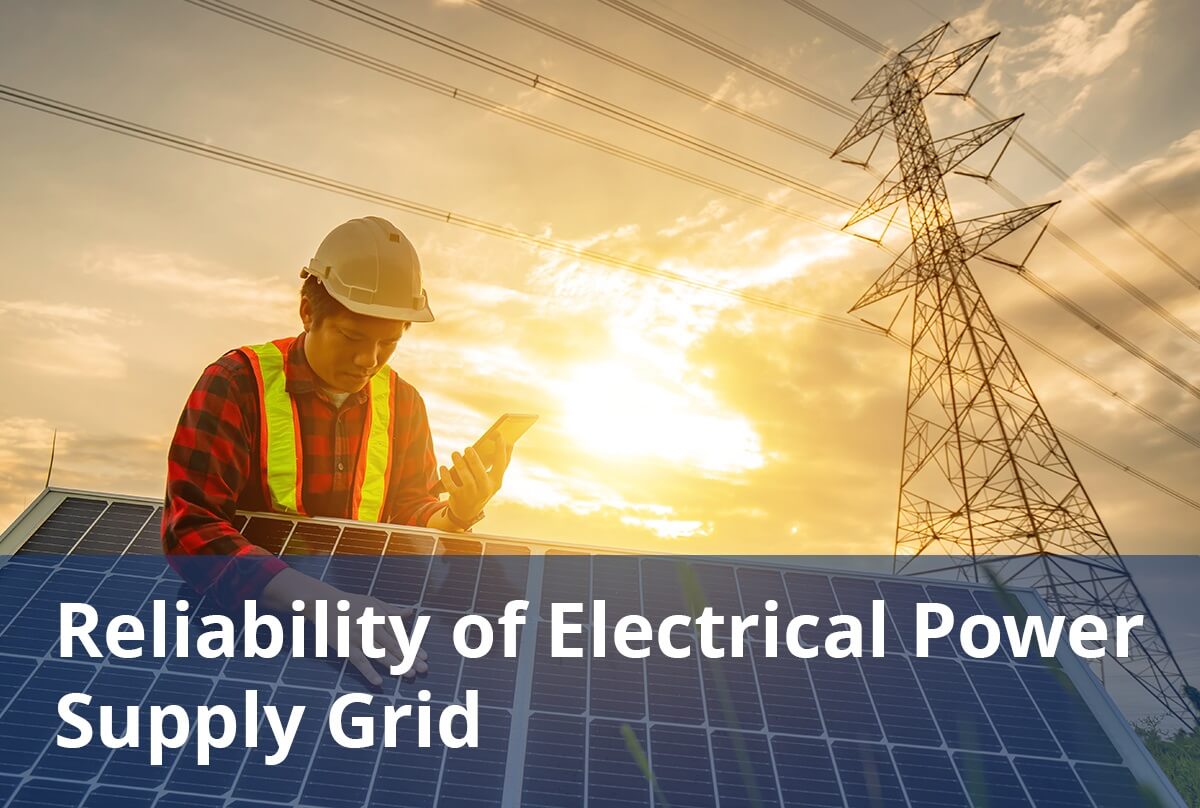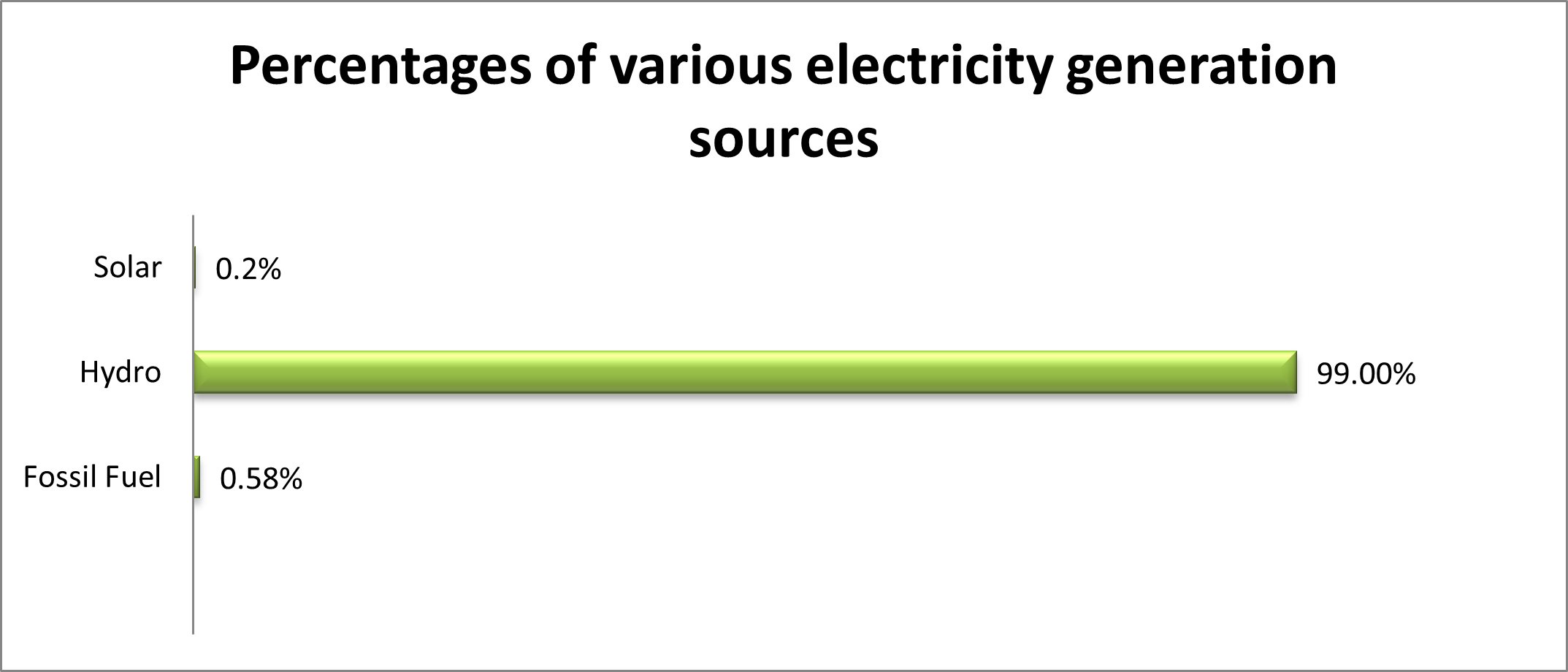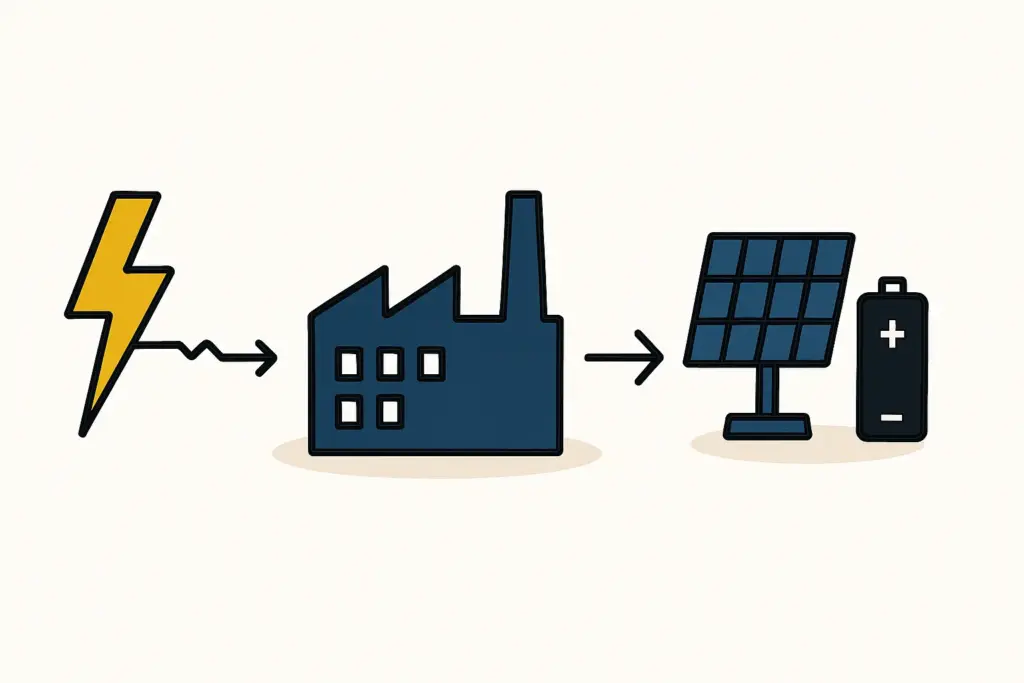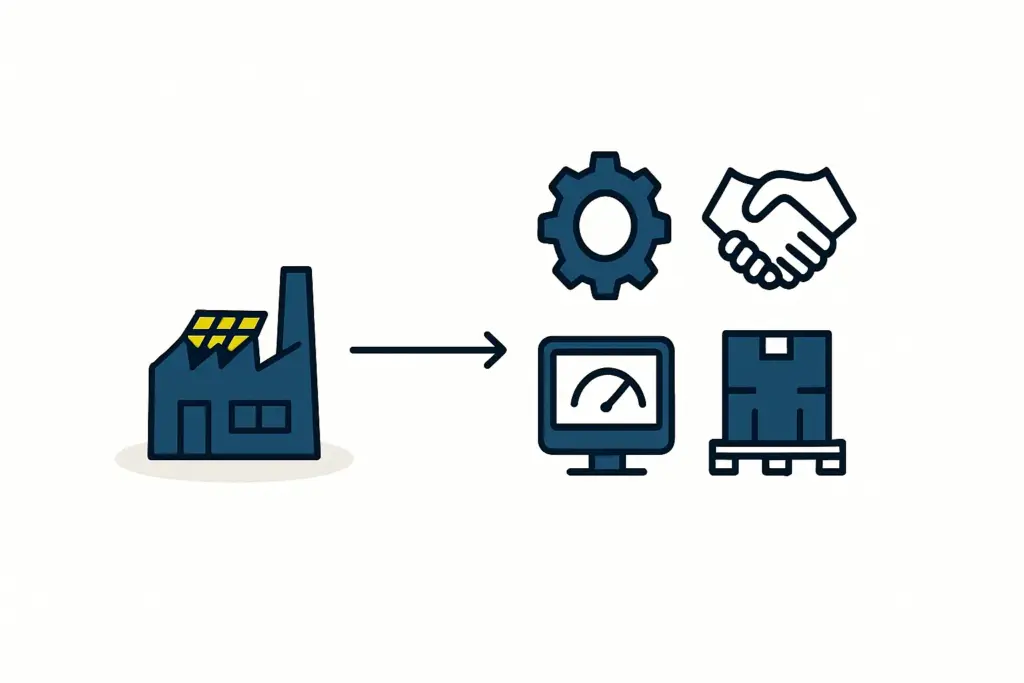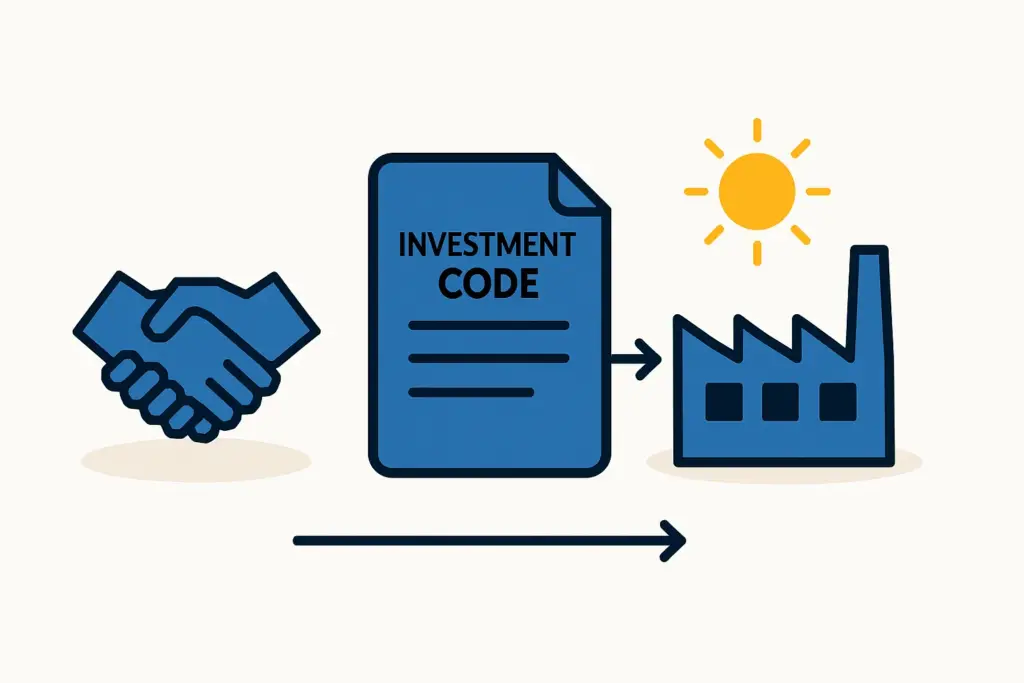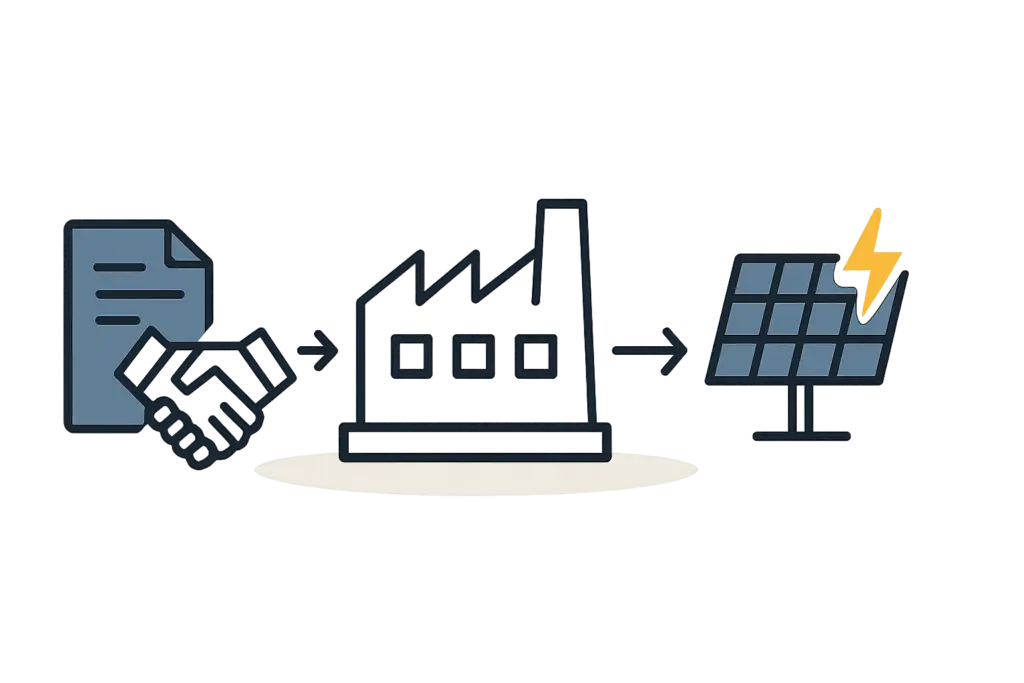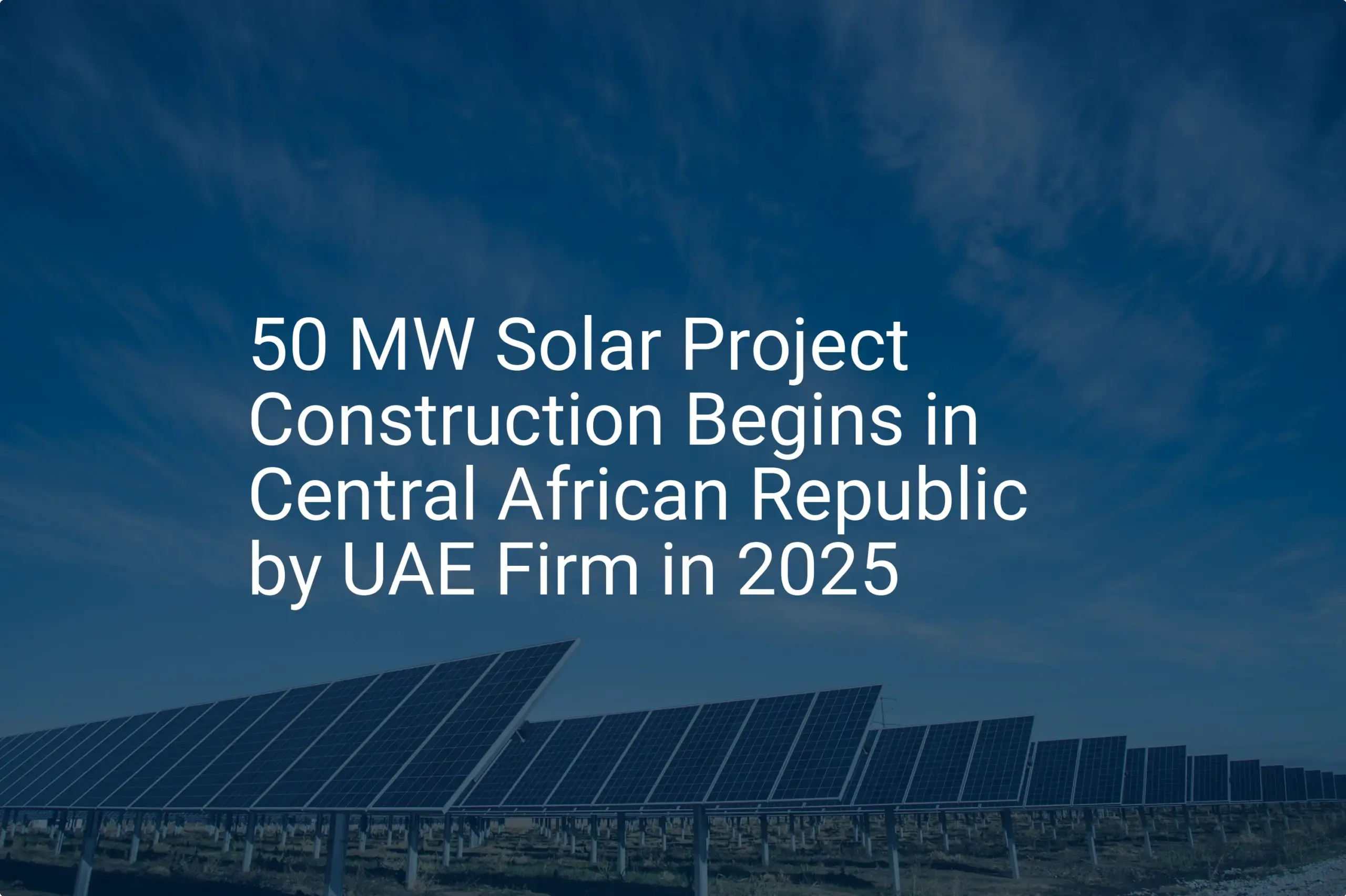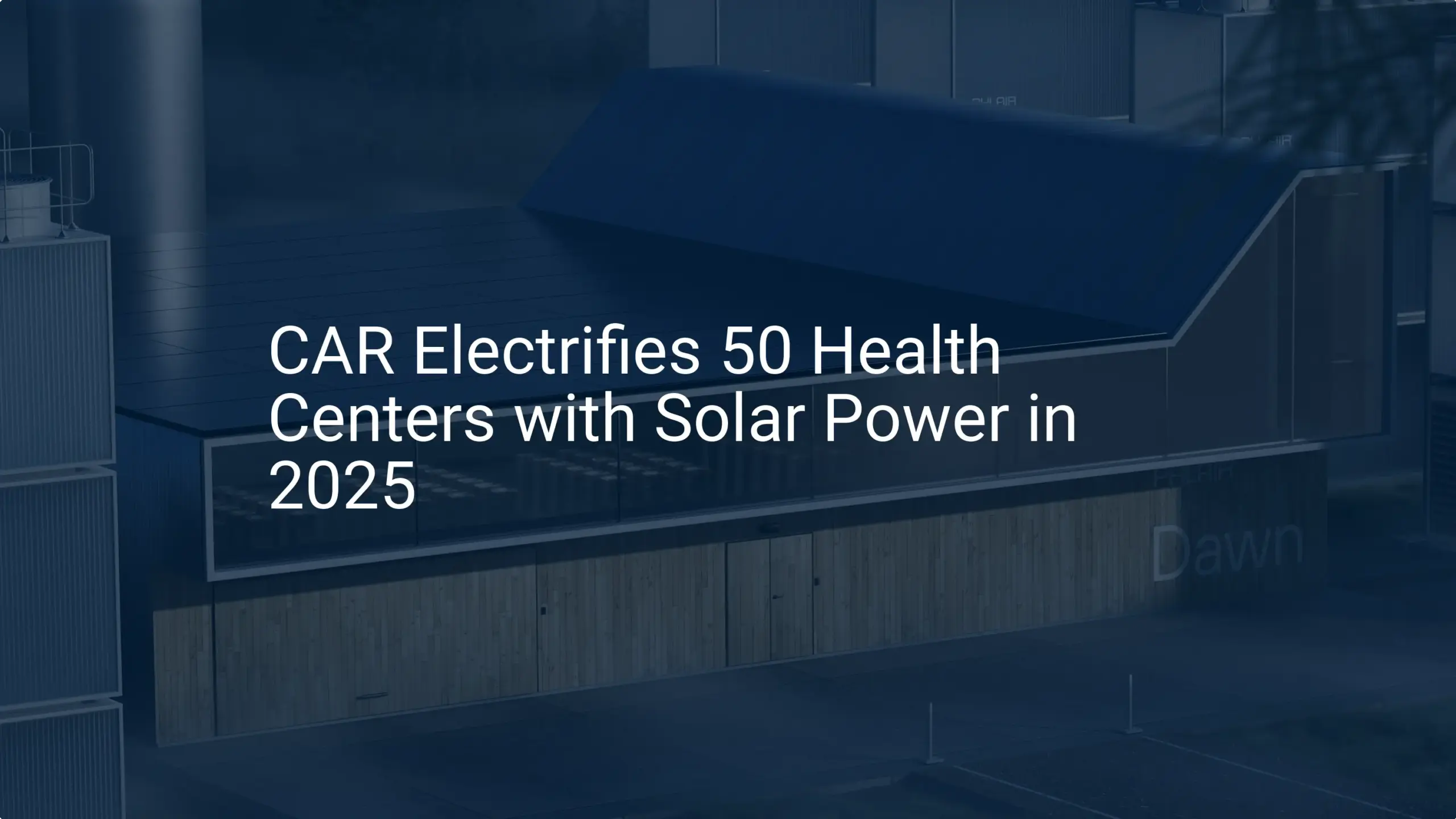Discover comprehensive insights into the statistics, market trends, and growth potential surrounding the solar panel manufacturing industry in Central African Republic
- Sunshine & Daylight Hours in Birao, Central African Republic. (2023). Sunlight, Cloud & Day length. Retrieved November 9, 2023, from https://www.climate.top/central-african-republic/birao/sunlight/
- Statista. (2023). Chart: Africa leads the world in solar power potential. Statista. Retrieved November 9, 2023, from https://www.statista.com/chart/27722/practical-potential-solar-energy-output-by-global-region/
- Climatescope. (2023). Climatescope 2023 | Central African Republic. Retrieved November 6, 2023, from https://www.global-climatescope.org/markets/cf/
- World Bank. (2022). Central African Republic: Increasing electricity supply and access and supporting the health system. Retrieved November 6, 2023, from https://www.worldbank.org/en/news/press-release/2022/06/03/afw-central-african-republic-increasing-electricity-supply-and-access-and-supporting-the-health-system
- International Renewable Energy Agency. (2024). Renewable energy statistics 2024. Retrieved November 9, 2023, from https://www.irena.org/-/media/Files/IRENA/Agency/Publication/2024/Jul/IRENA_Renewable_Energy_Statistics_2024.pdf
- Sall, M., & Diagana, O. (2023). Powering West and Central Africa for a brighter future. The Africa Report. Retrieved November 9, 2023, from https://www.theafricareport.com/328637/powering-west-and-central-africa-for-brighter-future/
- Worldometer. (2023). Central African Republic Electricity Statistics. Retrieved November 11, 2023, from https://www.worldometers.info/electricity/central-african-republic-electricity/
- World Bank. (2023). Powering Up Africa: Let There Be Light. Retrieved November 11, 2023, from https://www.worldbank.org/en/news/feature/2023/11/27/powering-up-africa-let-there-be-light
- Power plant profile: Bangui Solar PV Park, Central African Republic. (2024). Power Technology. Retrieved November 6, 2023, from https://www.power-technology.com/data-insights/power-plant-profile-bangui-solar-pv-park-central-african-republic/?cf-view
- Central African Republic inaugurates 25MW solar plant. (2023, November 17). Pumps Africa. Retrieved November 11, 2023, from https://pumps-africa.com/central-african-republic-inaugurates-25mw-solar-plant/
- CAR: GCF and IDA release $138m for solar electrification. (2023, November 7). Afrik 21. Retrieved November 9, 2023, from https://www.afrik21.africa/en/car-gcf-and-ida-release-138m-for-solar-electrification/
- Central African Republic’s first large-scale solar PV plant goes live. (2023, May 4). SolarQuarter. Retrieved November 9, 2023, from https://solarquarter.com/2023/05/04/central-african-republics-first-large-scale-solar-pv-plant-goes-live/#google_vignette
- World Bank. (2022). Central African Republic: First Phase of the Electricity Sector Strengthening and Access Project. Retrieved November 11, 2023, from https://documents1.worldbank.org/curated/en/824551653593686389/pdf/Central-African-Republic-First-Phase-of-the-Electricity-Sector-Strengthening-and-Access-Project.pdf
- With the Support of the World Bank, a New Solar Park in the Central African Republic Expands Access to Clean Energy. (2023, November 17). World Bank. Retrieved November 11, 2023, from https://www.worldbank.org/en/news/press-release/2023/11/17/with-the-support-of-the-world-bank-a-new-solar-park-in-the-central-african-republic-expands-access-to-clean-energy
- Average Solar Photovoltaic Installer Salary in Central African Republic for 2024. (2023). World Salaries. Retrieved November 6, 2023, from https://worldsalaries.com/average-solar-photovoltaic-installer-salary-in-central-african-republic/
- Central African Republic Population (2024) – Worldometer. (2024). Worldometer. Retrieved November 9, 2023, from https://www.worldometers.info/world-population/central-african-republic-population/
- World Bank. (2020). Doing business 2020: Central African Republic. Retrieved November 9, 2023, from https://archive.doingbusiness.org/content/dam/doingBusiness/country/c/central-african-republic/CAF.pdf
- Numbeo. (n.d.). Central African Republic property investment information. Retrieved November 11, 2023, from https://www.numbeo.com/property-investment/country_result.jsp?country=Central+African+Republic
- Understand low-carbon energy in Central African Republic through Data | Low-Carbon Power. (2023). Low-Carbon Power. Retrieved November 11, 2023, from https://lowcarbonpower.org/region/Central_African_Republic
- Central African Republic | Africa Energy Portal. (2023). Africa Energy Portal. Retrieved November 9, 2023, from https://africa-energy-portal.org/aep/country/central-african-republic
- Expanding solar power in the Central African Republic | DFC. (2023). DFC. Retrieved November 9, 2023, from https://www.dfc.gov/investment-story/expanding-solar-power-central-african-republic
- Power Africa Awards Grants to Increase Access to Solar-Powered Productive-Use Technologies in East Africa. (2023, October 10). Press Release | Power Africa | U.S. Agency for International Development. Retrieved November 6, 2023, from https://www.usaid.gov/uganda/press-release/oct-10-2024-power-africa-awards-grants-increase-access-solar-powered-productive-use-technologies-east-africa
- Invest Central African Republic Solar Energy – Business Opportunities in Central African Republic. (2023). AFSIC. Retrieved November 9, 2023, from https://www.afsic.net/central-african-republic-solar-energy/
- CAR: the country’s second photovoltaic solar power plant(25 MWp) inaugurated at Danzi. (2023). Afrik 21. Retrieved November 9, 2023, from https://www.afrik21.africa/en/car-the-countrys-second-photovoltaic-solar-power-plant25-mwp-inaugurated-at-danzi/
- Aptech Africa Ltd. | Solar System Installers | Uganda. (2023). ENF Solar. Retrieved November 6, 2023, from https://www.enfsolar.com/aptech-africa?directory=installer&utm_source=ENF&utm_medium=Africa&utm_content=82534&utm_campaign=profiles_installer
- Africa Offshore Services and Engineering Works PLC | Solar System Installers | Cameroon. (2023). ENF Solar. Retrieved November 9, 2023, from https://www.enfsolar.com/afose-works?directory=installer&utm_source=ENF&utm_medium=Africa&utm_content=137297&utm_campaign=profiles_installer


